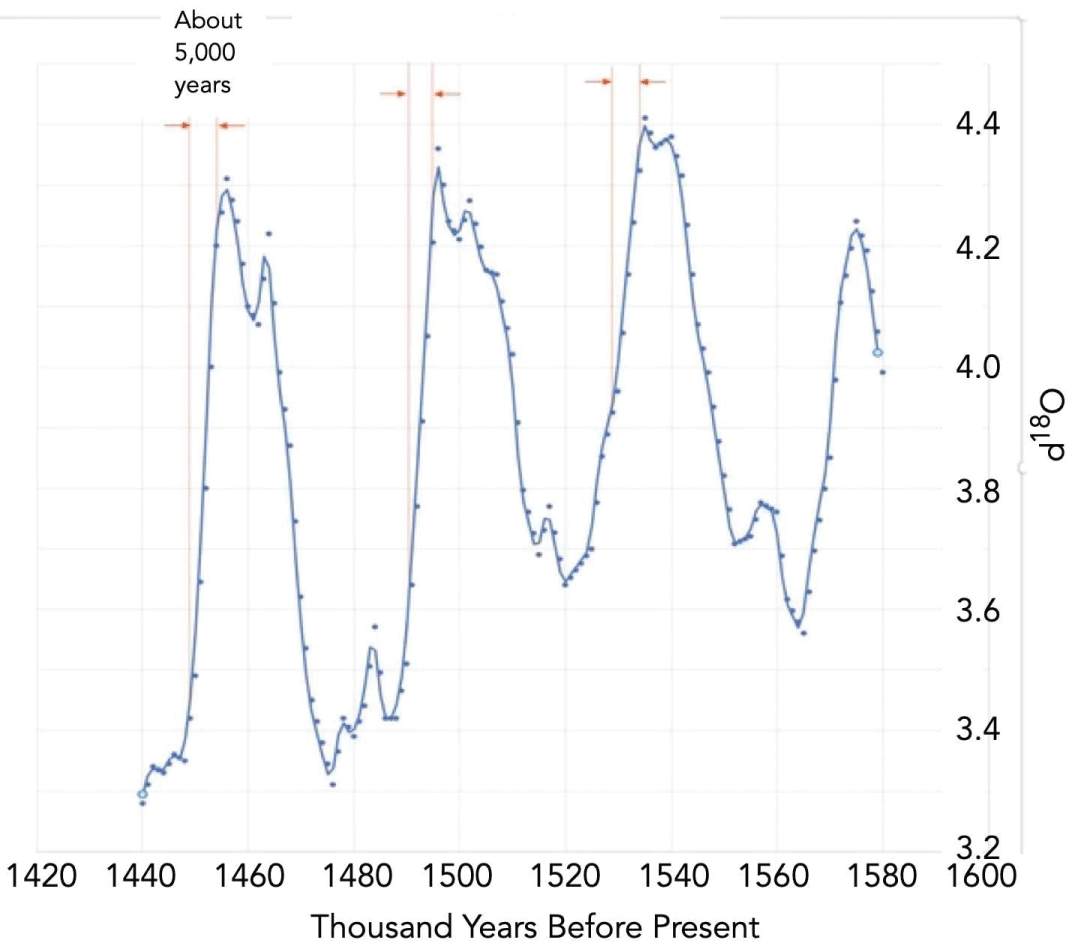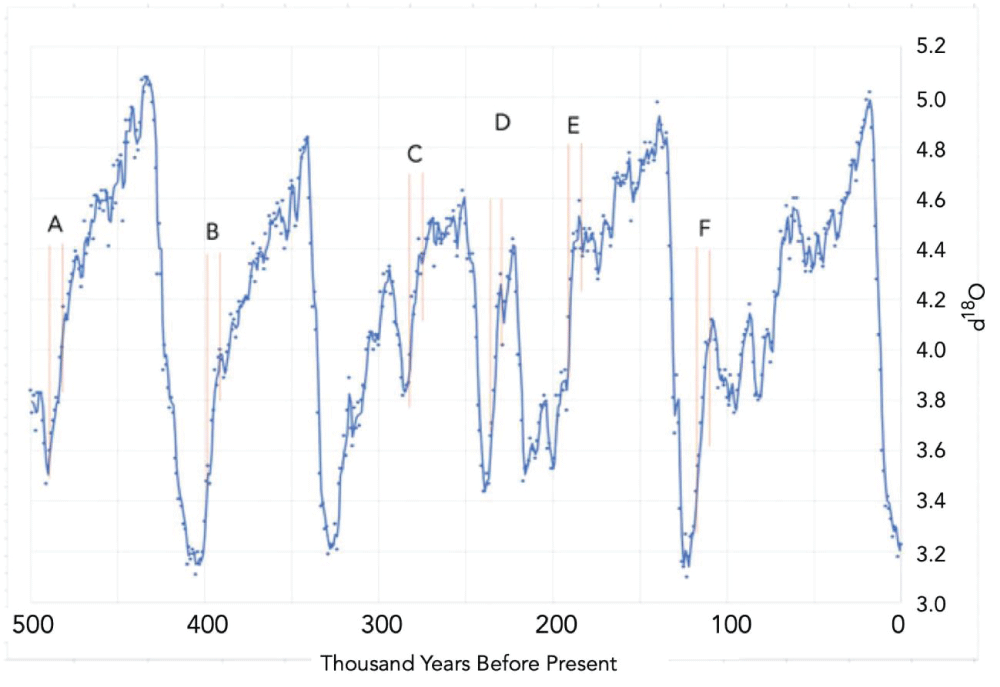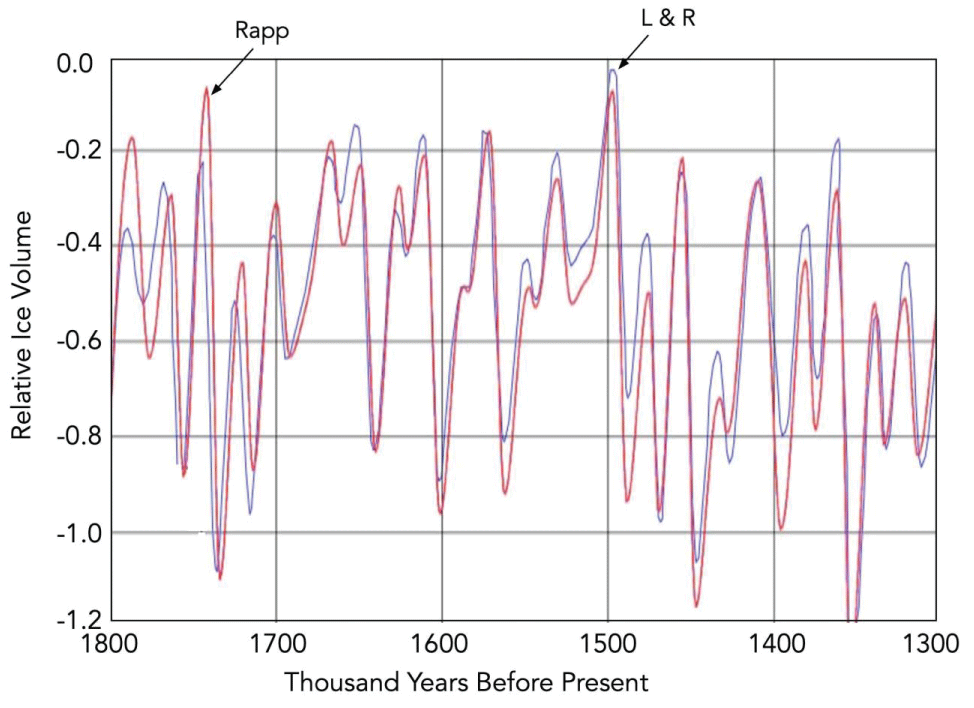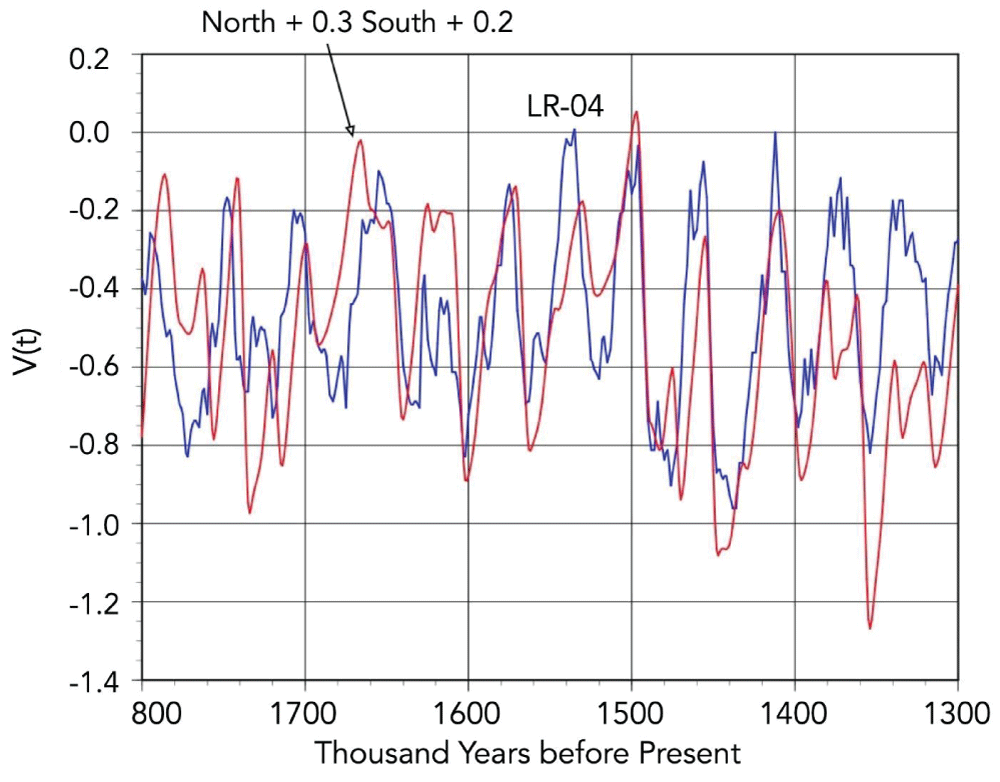Revisiting Ice Ages Cycles
Introduction
The Earth’s climate has undergone periodic cycles of glaciation and interglacial warming, driven by intricate astronomical and geological factors. The study “Revisiting Ice Ages Cycles” provides groundbreaking insights into these patterns, emphasizing the role of Solar Input to High Latitudes (SIHL) and its connection to glacial and interglacial cycles. This blog explores the findings, with a focus on Biosphere Interactions and the mechanisms underpinning these fascinating processes.
Understanding Ice Ages and Their Cycles
The Role of SIHL in Ice Ages
Solar Input to High Latitudes (SIHL) refers to the insolation received at high northern latitudes. Variations in SIHL, influenced by orbital mechanics such as eccentricity, obliquity, and precession, act as the primary drivers of glacial cycles.
- Pre-Mid-Pleistocene Transition (Pre-MPT): Ice ages occurred approximately every 41,000 years, driven by obliquity cycles.
- Post-Mid-Pleistocene Transition (Post-MPT): The cycles extended to 100,000 years, with increased ice volume and robustness.
These patterns highlight the intricate Biosphere Interactions that link solar energy, surface reflectivity, and ecological systems.
Key Findings from the Study
Pre-MPT Ice Ages
- SIHL and Obliquity Synchronization
- Ice ages began during SIHL down lobes coinciding with minimal obliquity.
- Reduced obliquity increased surface reflectivity, amplifying glacial formation.
- Termination Mechanisms
- Ice ages ended with SIHL up lobes aligning with high obliquity.
- These conditions reduced surface reflectivity and triggered warming.
Post-MPT Ice Ages
- Dust-Albedo Feedback
- High dust levels during prolonged glaciation reduced surface albedo.
- This feedback mechanism allowed SIHL up lobes to terminate ice ages.
- Extended Glaciation
- Successive precession cycles led to gradual ice accumulation before abrupt terminations.
These findings underscore the complex Biosphere Interactions that regulate Earth’s climate.
The Science of Biosphere Interactions
Climate-Biosphere Feedback Loops
The study highlights several feedback mechanisms:
- Ice-Albedo Effect: Expanding ice sheets increase reflectivity, cooling the planet further.
- Dust Deposition: Atmospheric dust accumulation during glacial periods decreases albedo, contributing to warming during terminations.
- Carbon Cycle Dynamics: Changes in ice volume influence CO2 levels, amplifying climate transitions.
These interactions demonstrate how the biosphere responds to and influences glacial cycles.
Implications for Modern Climate
Understanding past Biosphere Interactions provides valuable lessons for addressing contemporary climate challenges:
- Predicting Climate Trends: Insights into orbital mechanics and feedback loops enhance climate modeling.
- Mitigating Anthropogenic Impacts: Recognizing natural patterns helps differentiate human-induced changes from natural variability.
Methodology of the Study
The researchers employed a combination of data analysis and modeling:
- Data Sources: Ice core records, ocean sediment data, and insolation models.
- Analytical Tools: Differential equations, spectral analysis, and dynamic simulations.
Their comprehensive approach revealed the nuanced relationship between SIHL and ice volume.
Challenges and Future Directions
Unresolved Questions
- Why Some Lobes Trigger Transitions: Not all SIHL up or down lobes result in glaciation or termination.
- Regional Variability: Differences between northern and southern hemispheres require further exploration.
Proposed Research Directions
- Quantifying Feedback Mechanisms: Estimating the relative contributions of albedo, dust, and CO2.
- Expanding Data Coverage: Incorporating more high-resolution datasets from diverse regions.
- Integrating Ecosystem Dynamics: Studying how biosphere changes influence glacial processes.
Conclusion
The study “Revisiting Ice Ages Cycles” advances our understanding of glacial and interglacial dynamics, emphasizing the critical role of Biosphere Interactions. By unraveling the connections between solar input, feedback loops, and ecological systems, it lays the foundation for predicting and mitigating climate change impacts.
As the Earth faces unprecedented challenges, leveraging insights from these natural cycles can guide sustainable solutions. The recurring keyword “Biosphere Interactions” underscores the interconnectedness of Earth’s systems, reminding us of the delicate balance that sustains life on our planet.

Figure 1: Typical pattern of ice ages in the pre-MPT era [1].

Figure 2: Typical pattern of ice ages in the post-MPT era [1].

Figure 3: Calculated relative ice volume using the Imbries’ equation.

Figure 4: Comparison of modeled ice volume vs. time-based on North and South (red curve) to the scaled LR-04 ice volume data (blue curve).
